FARO E27 LED Lamps
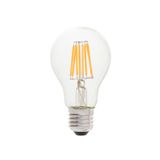
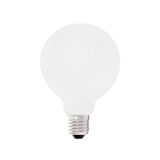

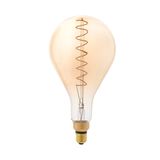
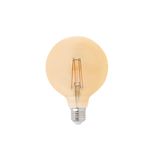
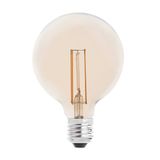
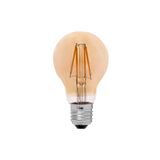
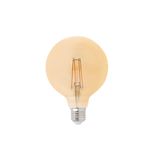
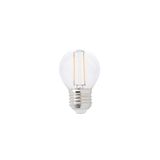
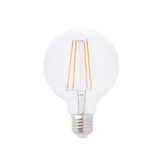


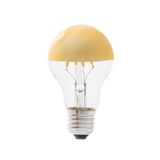
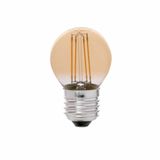



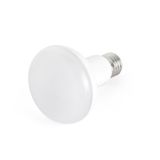
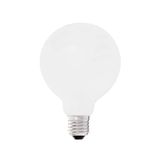
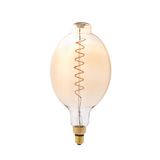
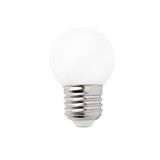

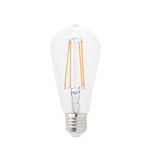


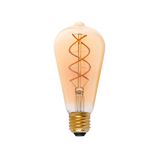

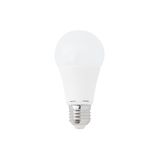


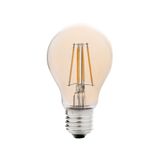
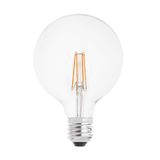
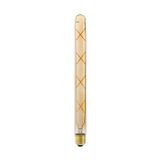
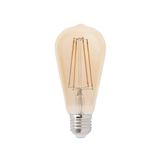
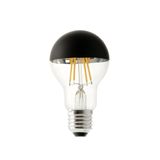
Faro E27 LED Lamps: Wholesale Category Overview for Procurement & Installers
Introduction: Relevance of Faro E27 LED Lamps in Modern Installations
When you’re specifying lighting for commercial buildings, hospitality refurbishments or large-scale residential fit-outs, the standard screw-base candidate often gets overlooked — yet it plays a key role. Faro E27 LED lamps, Faro LED bulbs E27, Faro E27 base LED lamps are the kind of drop-in pieces that keep installations simple, serviceable and cost-controlled. From experience you’ll see that using a consistent E27 lamp series means fewer surprises at commissioning, easier spares logistics and less labour on retrofits. For procurement managers or installers, this category bridges everyday lamp replacements, energy-saving upgrades and future-proofing without reinventing fixture mounts or drivers.
Technical Characteristics of Faro E27 LED Lamps
- Base type: standard E27 screw-cap (medium Edison screw) compatible with existing lamp holders.
- Voltage: typical 220-240 V AC mains supply across EU zones.
- Wattage and lumen range: e.g., ~4 W models ~400-450 lm, ~6-8 W models ~550-800 lm (depending on model).
- Colour temperature and rendering: warm white (2700 K) up to neutral whites, CRI ≥ 80 in standard line; some models CRI ≥ 90.
- Beam angle: 360° typical for A-type and filament-style bulbs, ensuring wide ambient distribution
- Life expectancy & maintenance: models specify LED lifespan (e.g., 15 000 hours in some cases) and minimal maintenance.
- Mounting/housing: standard lamp body formats (A60, G45, tubular T30) with opal or clear finish, drop-in replacement usage, no rewiring of fixture required.
- Certifications & durability: CE marked, compliant with relevant LED lamp standards; thermal management built into driver/housing to maintain lumen output and service life.
Practical Use Cases: How Installers and Engineers Use These Lamps
In real-world jobs you’ll notice the difference: we had a residential corridor retrofit last month where the old incandescent E27 lamps were swapped for Faro E27 LED bulbs. Because the bases matched, mounting plates and conduits didn’t need touching — we just replaced the lamp and the driver stayed intact. Colour-matching across the floor worked because the same lamp series was used, avoiding uneven tones. In a hotel public area we used the Faro E27 base LED lamps for decorative pendant fixtures — the simplicity of the A60 form-factor reduced the installation time, and during commissioning the lux levels were within spec on first pass. From experience, the fewer variables you change in a fit-out (base type, lamp shape, driver format), the fewer re-visits you’ll do. And in maintenance cycles, service teams appreciate that standardising on one lamp family means spares are easier to stock and swap fast.
Procurement Insights: What Wholesale Buyers Compare Before Ordering
From the purchasing desk you’ll typically evaluate:
- Model variants: Which base size (E27 only), which lamp size (A60, G45, T30), which wattage/lumen output. Standardising on a small range simplifies stock.
- Colour temperature & beam output: Ensuring consistency across spaces (e.g., lobby, corridor, meeting rooms) avoids patchy appearance and user complaints about mismatched light tone
- Dimming compatibility / driver format: Some E27 LED lamps are fixed output; others support dimming (phase-cut or 0-10V). For projects with dimming controls you’ll select accordingly.
- Packaging & MOQ: Lamps often shipped in single units or small packs; for large builds you’ll check carton sizes (10-unit, 24-unit) and confirm packing quality – fragile globes need protection during transit.
- Lead time & stock availability: For replacements or refurbishments you’ll want lamps that ship quickly rather than custom finish.
- Spares and batch matching: Lamps are often replaced over years; procurement often verifies that the same series will be available later so you don’t end up with multiple colour temperatures mixing across the installation.
- Lifecycle cost & energy saving: Even though they look like simple bulbs, you’ll calculate energy savings, lamp life, maintenance cycles. Using Faro LED bulbs E27 means you’re able to quantify reduced wattage, less heat load, fewer replacements.
In practice I’ve seen procurement hold up job hand-overs because the lamps had different beam angles than previously used — corridors ended up uneven. Confirming beam and shape up front avoids that.
Long-Term Considerations for Maintenance, Spares and Upgrades
When an installation is complete and you want minimal revisit-costs, using the right Faro LED lamp series means fewer surprises. For example, if pendant fixtures, brackets or trims remain unchanged across refurbishment phases, you want the lamp base and size to match. Service teams like it when lamps are clearly labelled with batch code and lumen output so replacements maintain visual uniformity. Also: in high-ceiling zones or infrequently accessed spaces, selecting higher-wattage variants with longer service life pays off. Upgrading from incandescent or older high-watt lamps to the Faro E27 LED bulb range means less heat, less load on HVAC and fewer maintenance hours. One tip from the field: where dimming is possible, ensure the lamp is listed as “dimmable” and tested in the existing dimmer circuit—otherwise you end up dealing with flicker or early failures.